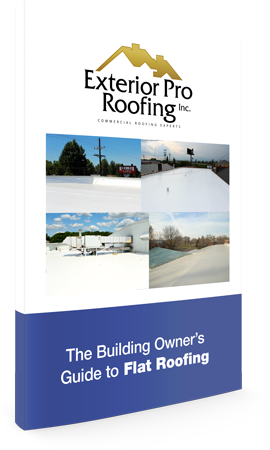You don’t need anyone to tell you the rubber roof is leaking after you’ve changed stained ceiling tiles or mopped up water off the floor. However not all roof leaks make it into to the building right away but can cause big and expensive problems down the road if left unchecked.
Here are 4 not so obvious signs your rubber roof may be leaking
1. Bulging area in rubber roof
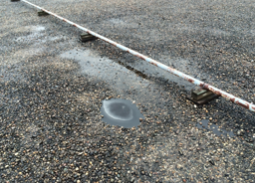
A hump or bulge in the rubber roofing can be cause by a bowed piece of insulation board. If the roof insulation didn't receive enough fasteners when the roof was installed or if the insulation was adhered and the glue has degraded, moisture may have caused the insulation board to bulge or cup. This is similar to what happens to plywood when it lay in the sun un-nailed, It cups or bulges. What we know is that insulation that stays dry stay flat and in the same shape it was in when the roof was installed. It usually wont bulge or cup unless moisture has gotten to it.
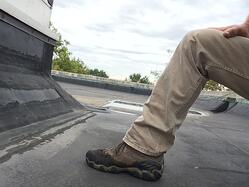
2. Low areas in rubber roof
Even slight dips in a rubber roof can be detected with feet by walking the roof. When a roof leak deteriorates the insulation board beneath the rubber roof long enough it tends to deteriorate it leaving a void where the insulation used to be. The rubber stretches tight and remains at the height of the surrounding areas so they are hard to see, its not until you step onto the area you notice the dip.
But not all dips are roof leaks. Dips or low spots in rubber roofing occurs for several reasons like smashed or compressed insulation, inconsistencies in other layers of roofing materials if the rubber roof is a second or third roof to the building, and/or structural problems with the wood, metal, or concrete deck.
3. Rubber roofing Looks wrinkled and not tight
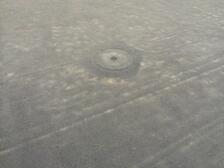
One of the characteristics of rubber roofing is that it shrinks or contracts. Adhered rubber roofs are generally tight and flat. So much so that you can see the plates holding down the insulation board beneath the rubber. When wrinkles or ripples appear in the rubber it could indicate that moisture has entered under the rubber membrane and deteriorated the adhesive that glues the rubber to the insulation board. The rubber wrinkles as it is no longer glued down in that spot.
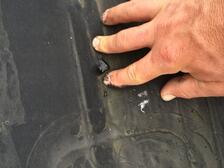
4. Seams will push out small amounts of water.
Inspecting your rubber roof after a good rain has the benefit of being able to push on suspect seams and flashings to see if small amounts of water come out. Many times you can squeeze water out of failing seams and identity leaks that you cant tell are leaks just by a visual inspection alone.
Regularly inspect you rubber roof to stay on top of rubber roofing leaks. You can refer to this blog to see how to inspect your rubber roof.


